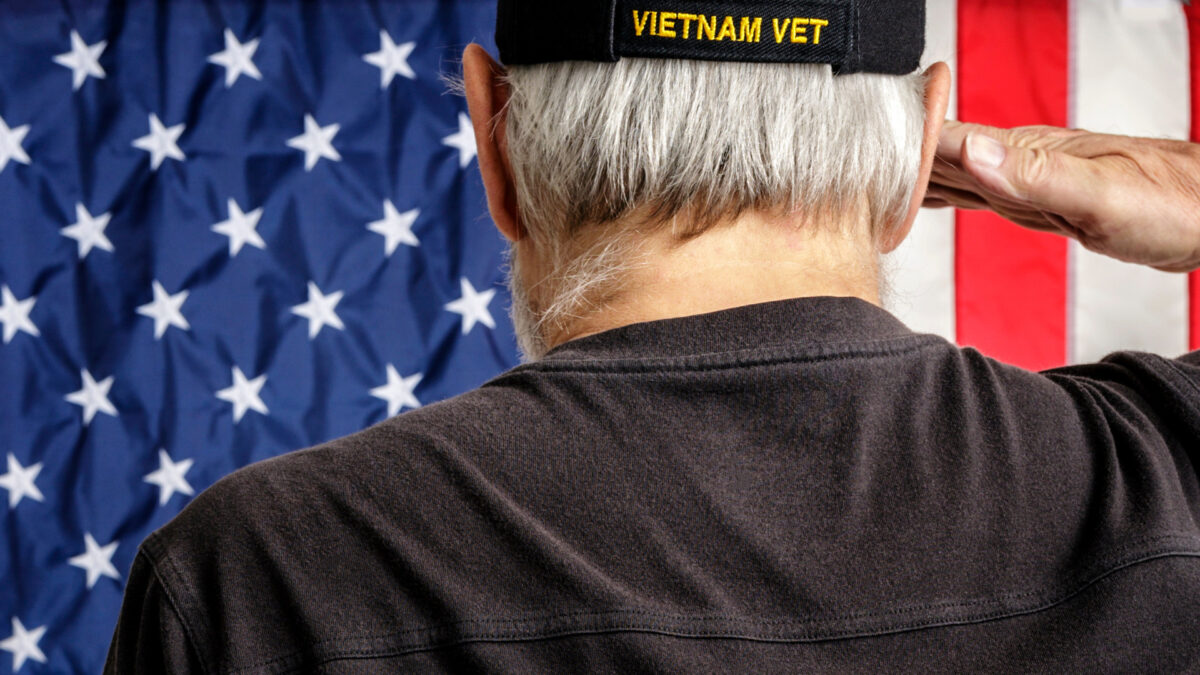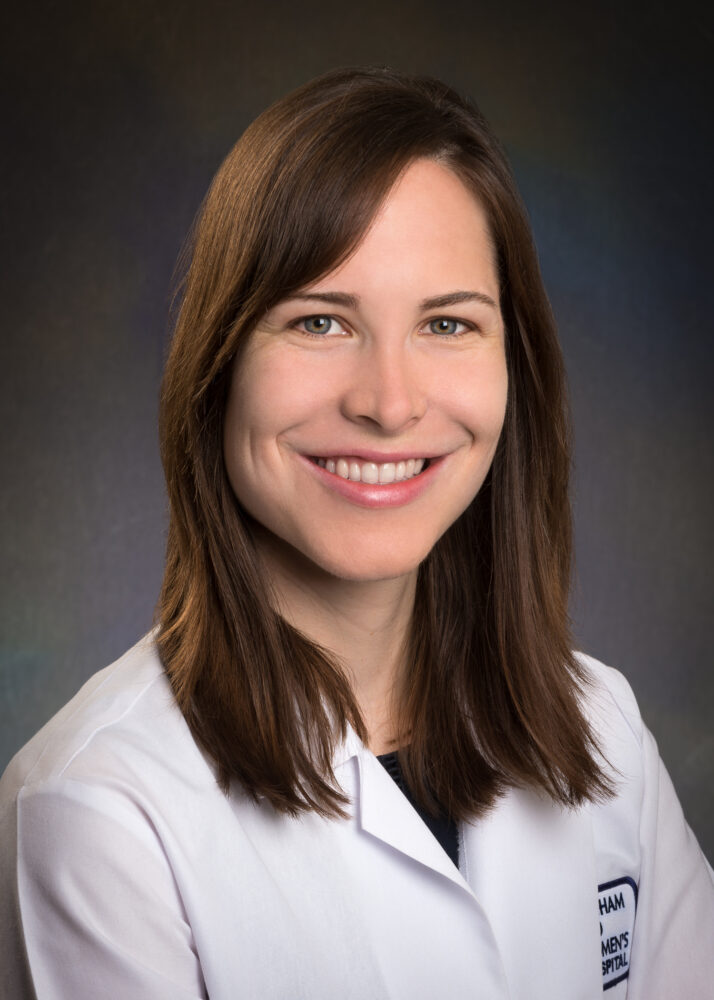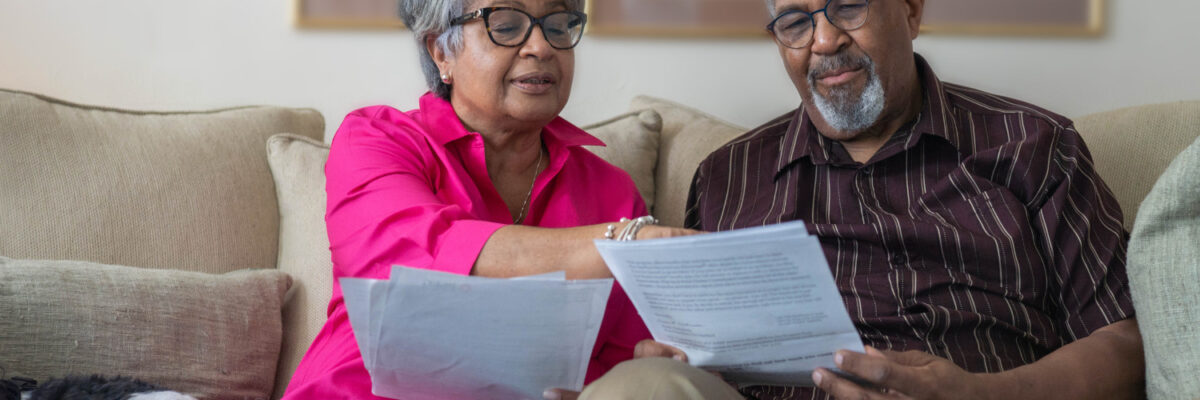
Understanding Skin Cancer in Older Veterans
As part of its ongoing webinar series A Closer Look at Skin Cancer, the AIM at Skin Cancer Foundation (an entity of the AIM at Melanoma Foundation) hosted a webinar on Wednesday, October 29, focusing on skin cancer in older veterans. The session was led by Krista M. Rubin, RN, MS, FNP-BC, Chair of the Melanoma Nursing Initiative (MNI), a nurse practitioner in the Center for Melanoma at Massachusetts General Hospital, and AIM at Skin Cancer’s Ask a Skin Cancer Nurse program. Krista regularly hosts this webinar series, providing expert guidance and facilitating discussions on skin cancer prevention, detection, and treatment.

Meet Our Guest Speaker: Rebecca I. Hartman, MD, MPH, FAAD
Dr. Hartman is an Assistant Professor at Harvard Medical School, Director of Melanoma Epidemiology, and Chief of the Dermatology Section at VA Boston Healthcare System. She provides clinical care for patients with all stages of melanoma at both Dana Farber Cancer Institute and VA Boston. Her research focuses on improving prevention, screening, early detection, and treatment outcomes for melanoma, combining clinical expertise with epidemiologic and genetic research.
Key Takeaways from the Webinar
The discussion began with an overview of the unique risk profile of older veterans. Years of outdoor service combined with historically limited sun protection contribute to cumulative UV exposure. Aging skin’s reduced ability to repair itself further increases the likelihood of developing basal cell carcinoma, cutaneous squamous cell carcinoma, and melanoma. During the webinar, it was noted that veterans often present with more advanced lesions due to delayed screening or underestimation of risk.
“Years of outdoor service increase cumulative UV exposure, making older veterans particularly vulnerable to skin cancer.”
A central theme of the webinar was prevention and early detection. The conversation highlighted the importance of maintaining regular dermatologic exams and monitoring skin closely at home. Practical strategies included observing new or changing moles, practicing sun-safe behaviors, and understanding personal and family risk factors. The discussion also included recent research showing that certain supplements may reduce the risk of developing additional skin cancers in high-risk individuals.
“Regular dermatologic exams and close monitoring at home are essential for catching skin cancer early.”
Another major focus was tailoring treatment for older veterans. The discussion emphasized that decisions about surgical, topical, or systemic therapies depend not only on cancer type and stage but also on age, comorbidities, and overall quality of life. Examples from VA Boston illustrated how personalized care plans—often coordinated between VA and private healthcare providers—can improve outcomes while minimizing complications. Strategies for balancing treatment effectiveness with patient comfort were also discussed, along with the importance of involving caregivers in supporting older veterans throughout their care.
The use of teledermatology (telederm) was highlighted as a valuable tool to improve access to care. Dr. Hartman emphasized that telederm is especially beneficial for veterans with mobility challenges or those living in rural areas, making it easier to receive timely dermatologic evaluation without the difficulty of traveling to a medical office.
“Treatment decisions must consider not just the cancer itself, but age, comorbidities, and quality of life.”
The webinar concluded with a review of veteran-specific resources, including service-connected VA coverage and support networks that help navigate care and recovery. The discussion highlighted the role of families and caregivers in monitoring skin health and supporting veterans through prevention and treatment.
Conclusion
This webinar highlighted the critical need for awareness, vigilance, and access to care for older veterans at risk of skin cancer. By understanding the challenges faced by this population, veterans and their families can take proactive steps to detect skin cancer early and seek appropriate treatment.
If you missed the webinar or want to revisit the discussion, you can watch the full session below:
Recent Posts

Regeneron Announces Approval of Cemiplimab-rwlc for Adjuvant Treatment of Cutaneous Squamous-Cell Carcinoma with a High Risk of Recurrence After Surgery and Radiation

Preparing for Your First Oncology Visit: A Complete Guide for Skin Cancer Patients

Skin Cancer in Aging Veterans: Unique Risks & Considerations

The Genetics of Skin Cancer: Insights from Dr. Kenneth Tsai

